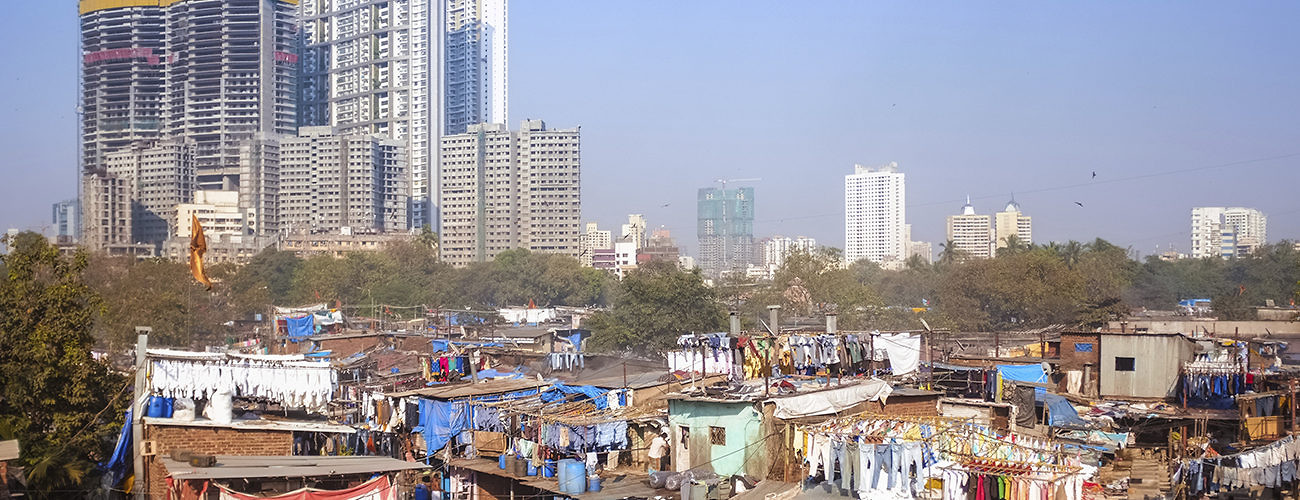Skyscraper under construction near Dhobi Ghat in Mumbai, India, August 2, 2015. (Paulprescott72/iStock)
Urbanization has become a central issue in global security, development, and governance. While rapid urbanization can offer higher standards of living and opportunities for millions of people, it can also come at a cost: cities that are unable to respond to the needs of their growing populations face rising violence, crime, and poverty. As a result, urban fragility has emerged as a key issue for national and municipal governments and for global and local security and development actors.
This report aims to highlight diverse sources of urban fragility and approaches to urban transformation, renewal, and resilience. Five authors explore the drivers of fragility in their cities and offer examples of policies and programs that can build resilience. The case studies are: (1) Bangkok, (2) Dhaka, (3) Mumbai, (4) Lagos, and (5) Medellín. These cases demonstrate that every city is fragile in different ways, but three common features emerge: socioeconomic and spatial segregation, rapid population growth, and suboptimal governance systems. The lessons emerging from these cases suggest four guiding principles for strengthening urban resilience:
- Adapt dynamic and scenario-based urban planning. This dynamic process can enable city planners to prepare urban systems to absorb future shocks.
- Optimize urban governance. Leaner government structures and clearer lines of authority and responsibility can improve engagement and coordination with multiple stakeholders.
- Add voices to decision making. Urban decision makers can learn from community-led initiatives and facilitate community participation—from planning to implementation.
- Focus on spatial segregation. Segregation remains a key factor of urban fragility, and inclusiveness is a policy principle central to urban resilience.








